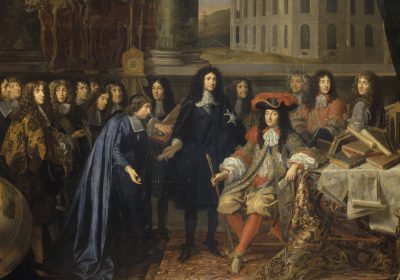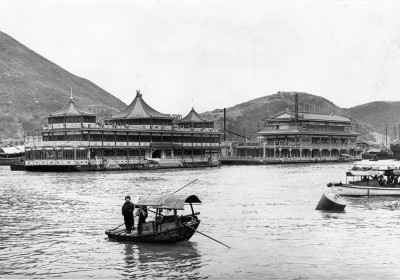 (翻譯內容以英文版本為準)
(翻譯內容以英文版本為準)
意大利時尚品牌在全球各地都大受歡迎:不論是在倫敦、紐約還是香港,你總能在高級商店區找到 Prada、Armani、Zegna、Versace 與 Dolce & Gabbana 等意大利品牌的櫥窗。當你逛完時裝店而想找個地方休憩的話,也不難發現隨處是意式餐廳或咖啡室,可以吃上一口披薩或意粉,呷一口紅酒或咖啡。然後,你赫然發現所在的地方其實距離地中海十萬八千里,身邊完全看不見意大利人雄辯滔滔的手勢,不禁會自問:這種昂貴的意式痴迷究竟從何而來?
畢竟,意大利並不特別擅於養殖綿羊或種植棉花,意式飲食至少一半食材是在文藝復興時期才由美洲輸入。而和意大利毗鄰,擁有相似歷史背景的希臘與西班牙,則未能像意大利一般傲視國際時尚舞台。難道意大利就像邁達斯王般,有點石成金的能力?有趣的是,意大利之所以突圍而出,似乎與邁達斯王的魔力恰好相反。
當今意大利設計師與過去的意大利藝術家擁有相同的癖好,即以符合人性為作品之根本。一般而言,無論是服裝或傢俱設計,都是以表達訊息為創作基礎。譬如哥德式大教堂表現的神聖的至高無上,其設計目的是為了表達權力或財富,震撼或者莊嚴,令人敬服甚至畏懼。但意大利設計師對這些不屑一顧,他們只關心如何令人變得好看,人的體型與精神是他們設計時唯一的量度標準。
因此,但凡穿上意大利品牌的時裝,消費者並不會想起「這件衣服會令老闆刮目相看」,「這一定能討好我的女朋友」,「好讓別人知道我買得起」,或者「這會令我在同事面前更有地位」;而是「我穿起來很好看」。
要衡量甚麼最適合人,最好的標準便是人的本身。飲食也是同樣道理:其他國家的菜餚展示出珍稀食材、或者成本高昂,或甚麼象徴意義,譬如吃生蠔或者魚子醬,但意大利菜所關心的只有一個問題:這好吃嗎?
 The secret of Italian success
The secret of Italian success
It is no secret that Italian fashion brands have the curious habit of becoming popular wherever they are marketed.
It doesn’t matter if you are in London, New York, or in Hong Kong, you can always count on Gucci, Prada and Armani, or Zegna, Versace and Dolce & Gabbana, to dominate the shop windows in the high streets.
Then, to take a break from trying on shirts and shoes, you can always pop in an Italian, or at least Italian-inspired, restaurant or café, to enjoy a pizza, some pasta, fine wines and coffee. If by then you haven’t forgotten that you’re actually not even close to the Mediterranean and that eloquent hand gestures are nowhere to be seen, you might wonder what’s the deal with all this expensive Italian obsession.
After all, Italy isn’t especially distinguished, either in the the breeding of sheep or in the farming of cotton. And half of the ingredients of Italian cuisine were never seen on italian soil until they were brought from America in the renaissance.
Yet countries with a similar location and history, like Greece or Spain, can’t boast a similar international fame in fashion. So, is Italy like king Midas, and just magically turns to gold all what it touches?
On the contrary, the secret that makes italian brands so appreciated by the critics seems to be the exact opposite of magic: the Italian stylists of today share the obsession of the Italian artists of the past, namely to realise their work on a human scale.
Others might design their work, be it clothes or furniture, based on some message: like gothic cathedrals represented the overwhelming superiority of the divine, their design tries to look powerful, or expensive, impressive or lavish, even frightening and reverencing.
But the Italian designers don’t care about all this, their worry is but that it must look good on people, the human body and psyche is their only measure.
So, when one sees an element of Italian fashion, one won’t just think “this’ll impress my boss”, “this’ll attract my girlfriend”, “this’ll show everyone I can afford it” and “this’ll make me look powerful with my coworkers”: most importantly, one will think: “this’ll look good on me”. The human is the best measure of what is suited for the human.
It’s the same principle for food: one can know items from many cuisines, once again based on their rarity, high cost, or symbolic value. Everyone wants to be seen eating oysters and caviar. But the Italian cuisine rarely cares about that and only posits one question: does it taste good?














